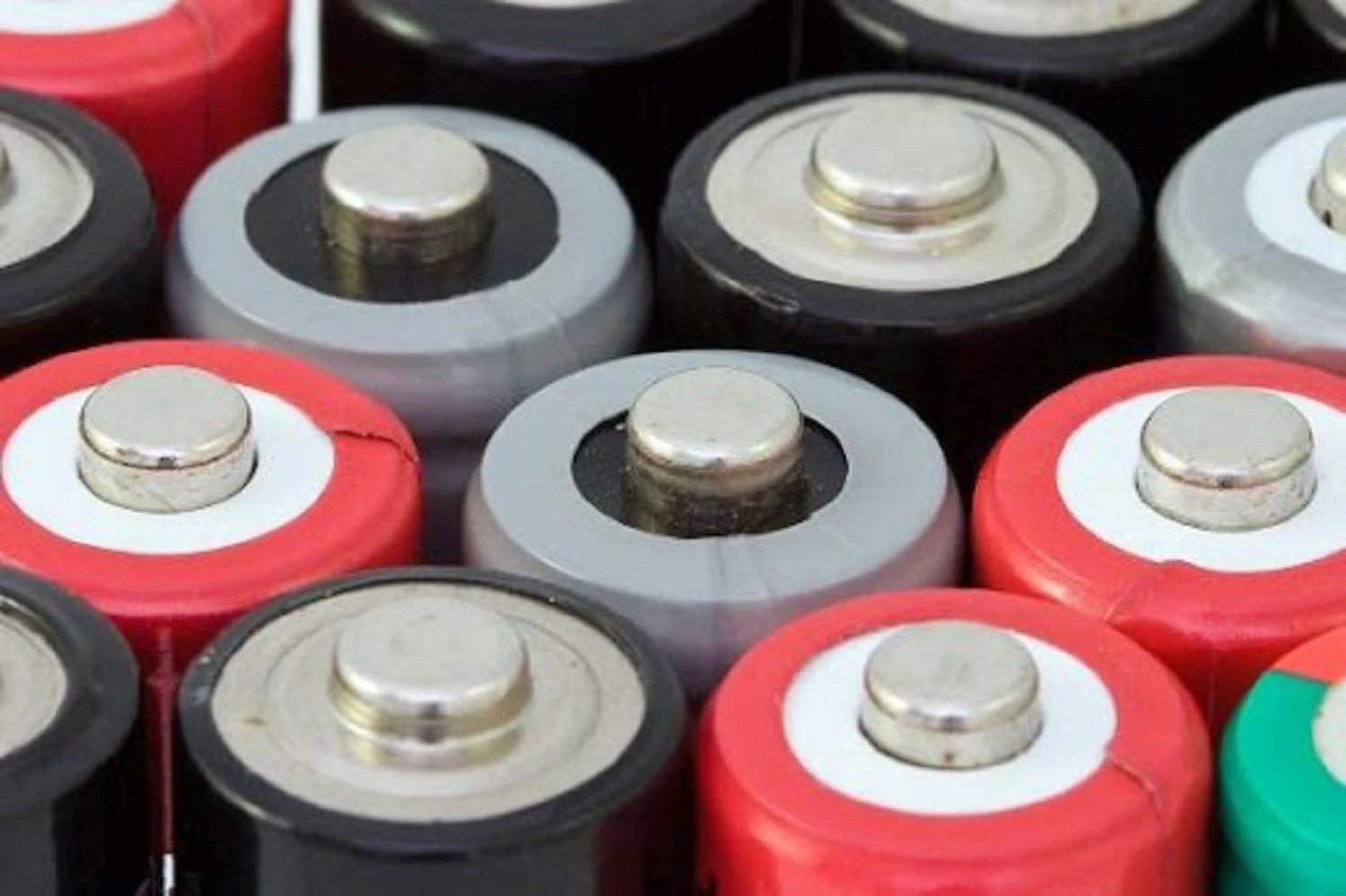A Look at Battery Metals

With the increasing spread and growing popularity of electric vehicles, the demand for rechargeable batteries and their raw materials such as lithium, cobalt, nickel, graphite, manganese, copper, and aluminum is rapidly increasing. Global battery manufacturers are looking for nickel-rich cathode materials to improve battery energy strength, which strongly supports the future of nickel and is of promising news for the nickel producer. In the short to medium term, nickel supply shortages are expected to continue. On the other hand, the bilayer structure of laterite and sulfate is rapidly developing. Laterite production is expected to absorb growing demand from the stainless steel industry. However, the sulfate balance required for the electric vehicles battery is much tighter. Nickel and cobalt are found in various types of ore bodies, the most typical being laterite and sulfide ores. These minerals often contain both nickel and cobalt, although cobalt is also often found with copper. Both metals can also be found from several refined raw materials, like nickel matte or sulfide, from which the battery raw material refining can start.
Nickel batteries based on NCM and NCA lithium-ion chemistries and used in portable devices, energy storage, and especially electromobility, are experiencing the greatest growth in demand. Nickel, Cobalt and Lithium are important metals used in today's cathode active materials and the different chemistries used in high performance batteries. Nickel and cobalt processing configurations are defined by the raw material from which refining begins and the type of end product desired. After the necessary mineral processing and pyrometallurgical refining steps, hydrometallurgical processing typically consists of material handling, leaching, solution refining, and battery metal or battery chemical production.
The amount of impurities and other valuable metals in the starting nickel supply material determines the number of post-leaching steps required to meet the purity requirements of the product used to manufacture the cathode active material. High purity requirements are common for these metals when manufactured for nickel battery manufacturing purposes. International experts with extensive and deep know-how in the mineral processing and metallurgical industries can provide the battery metals market with optimized and reliable process designs based on their respective raw materials.
In all of this, Nickel is often overlooked as an important battery metal with interesting supply and demand dynamics in the coming years. The two primary lithium-ion battery chemistries, Nickel Manganese Cobalt 'NMC' and Nickel Cobalt Aluminum 'NCA', dominate electric vehicle batteries. Of the two chemicals, NMC is used by almost every automaker in the world except Tesla. For at least the next decade, the evolution of lithium-ion batteries and their NMC chemistries will move toward nickel-rich cathodes.
The original NMC chemistry started off at a 1-1-1 ratio between nickel-manganese-cobalt, moving on to 5-3-2, and in the future it is anticipated that as technology advances we will see a nickel rich NMC chemistry that evolves in to a 6-2-2 and then on to an 8-1-1 and beyond, with the first number (6 or 8) representing nickel percentage of the cathode. Unlike other battery metals, nickel stands to benefit twice as much from the adoption of the electric vehicles battery standard and the roll out of energy storage systems: 1) nickel will benefit from an increased nickel rich battery chemistry; and 2) it will benefit from increased EV and energy storage systems sales.
Heavy Metal Power
Each battery metal has its own unique dynamic that regulates timing and quantity of new supply to enter the market – for lithium much of the debate centres around brine versus hard rock, for cobalt the focus tends to be around the fact that it is a byproduct metal with much of world production coming from the Democratic Republic of the Congo (DRC) and so on. As pointed out above, on the demand side nickel batteries is leveraged to EV adoption through both battery chemistry advancements and electric vehicle battery sales, on the other hand, nickel is further differentiated from other battery metals in its inability to respond quickly on the supply side due to the fact that establishment and activation of a new large scale nickel mine can often go in to the billions of dollars.
In the battery metals market, new nickel supply production to power the EV revolution will come from a handful of sulfide deposits (such as Turnagain and Dumont) or from abundant laterites in Indonesia, the Philippines, Australia and New Caledonia. Normally it would take a nickel producer about 100 kg of ore that should be processed to produce 1 kg of Ni from laterite ore. Processing 100kg of that with acid (whether HPAL, atmospheric leach or heap leach) produces 99kg of acid iron waste.
As a nickel producer Indonesia and the Philippines are unlikely to allow large-scale HPAL operations to dispose of acid residues irresponsibly if the environment is permanently affected. Environmental stewardship will be required to approve the scale of the project being considered to feed. Environmental stewardship requires significant investments. The nickel producer cannot simply dump untreated acid waste into the ocean or onto land and hope for global acceptance.
Hallmark Mining Corporation is a nickel producer in the Philippines committed to responsible and sustainable mining practices; for more information visit our website.